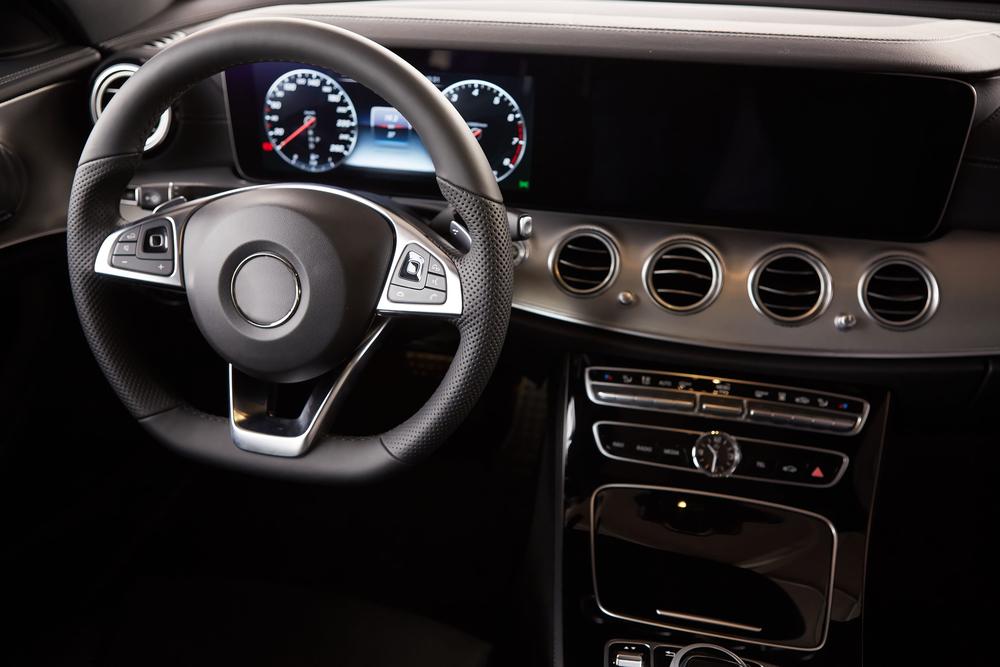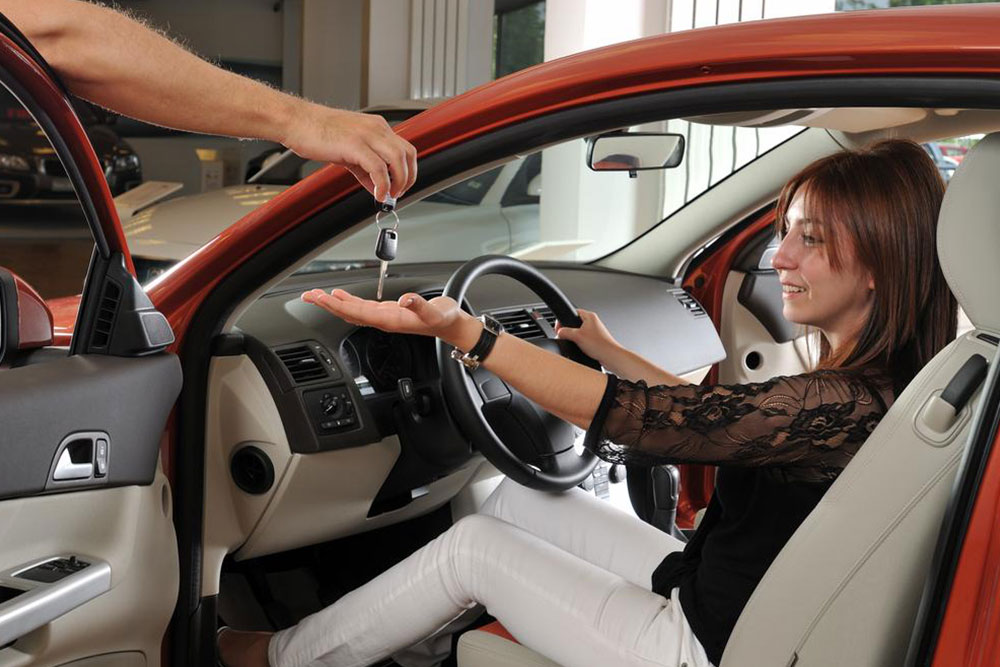Historical Milestones in Vehicular Electronic Technologies
This article traces the evolution of vehicle electronics, highlighting key innovations from the early 20th century to modern GPS systems. It provides a timeline of technological milestones that have transformed automotive safety, convenience, and entertainment, illustrating the rapid advancements shaping the future of transportation electronics.

Historical Milestones in Vehicular Electronic Technologies
Vehicles have transformed dramatically from their early days, beginning with horse-drawn carriages—coining the term "horsepower"—to modern automobiles. As technology advanced, so did the electronic systems within vehicles. Today, the future of automotive electronics looks promising. To understand where we're heading, it’s essential to review key innovations that have shaped the industry over the years.
The following pivotal developments outline the progression of car and vehicle electronics, highlighting milestones that have revolutionized automotive technology.
Electric Start Systems
Introduced in 1911, electric starters replaced manual cranks, making engine ignition safer and more convenient. These systems evolved into self-starting mechanisms, improving vehicle usability significantly.
Cigarette Lighter Adapter
First used in 1925, the cigarette lighter became a common accessory for lighting cigarettes. Today, its socket functions as a power outlet for charging devices like smartphones.
Four-Wheel Brake Systems
This innovation provided enhanced safety by enabling brakes on all wheels, greatly improving stopping capability. Over time, anti-lock braking systems (ABS) further advanced braking safety and control.
Car Radio
Emerging in the 1930s, car radios transformed in-car entertainment by allowing drivers and passengers to listen to broadcasts within their vehicles, marking a significant progress in automotive electronics.
The Flying Car Concept
Although the initial concept of a flying car faced technological hurdles, recent prototypes have emerged, with some models priced around $1 million, blending automotive and aviation innovations.
Power Steering
Powered by hydraulic systems, power steering made vehicle handling easier, especially during sharp turns and at high speeds, reducing driver effort significantly.
Automatic Transmission
Gaining popularity in the late 1950s and 1960s, automatic gear systems simplified driving by removing the need for manual gear changes, becoming standard in many vehicles.
Electronic Fuel Injection (EFI)
The integration of sensors and microprocessors optimized the air-fuel mixture supplied to engines, vastly improving fuel efficiency and engine performance.
Satellite Navigation Systems (Sat-Nav)
Introduced in the early 2000s, GPS-based navigation systems transformed driving by providing real-time directions and route optimization, with portable devices further enhancing convenience.
Note:
Our blog offers diverse, informative content for readers seeking insights across topics. While our team conducts thorough research, articles should not be considered comprehensive or infallible. We disclaim responsibility for discrepancies or updates found elsewhere. Readers are encouraged to verify information independently and explore additional offerings for the best benefits.










